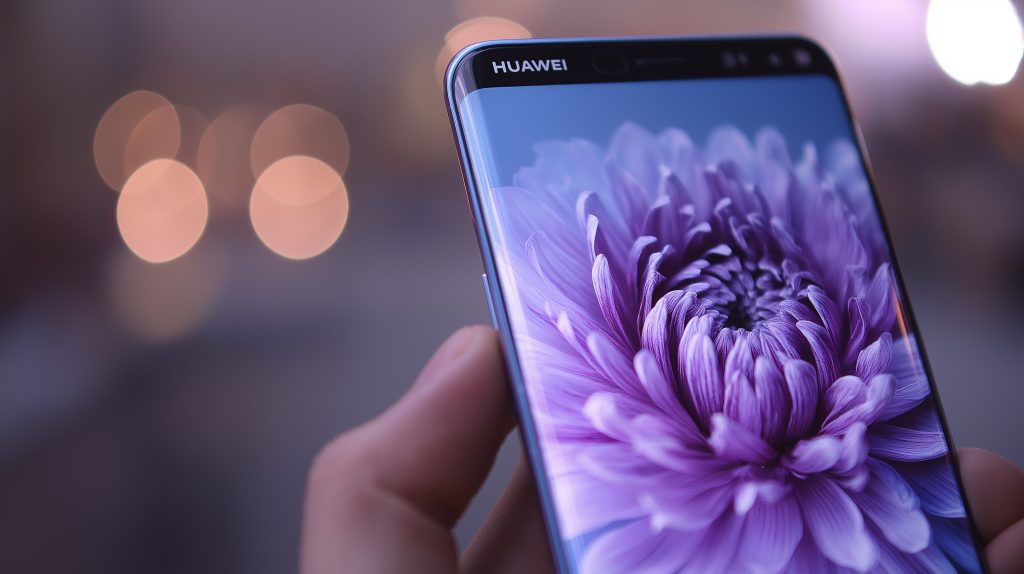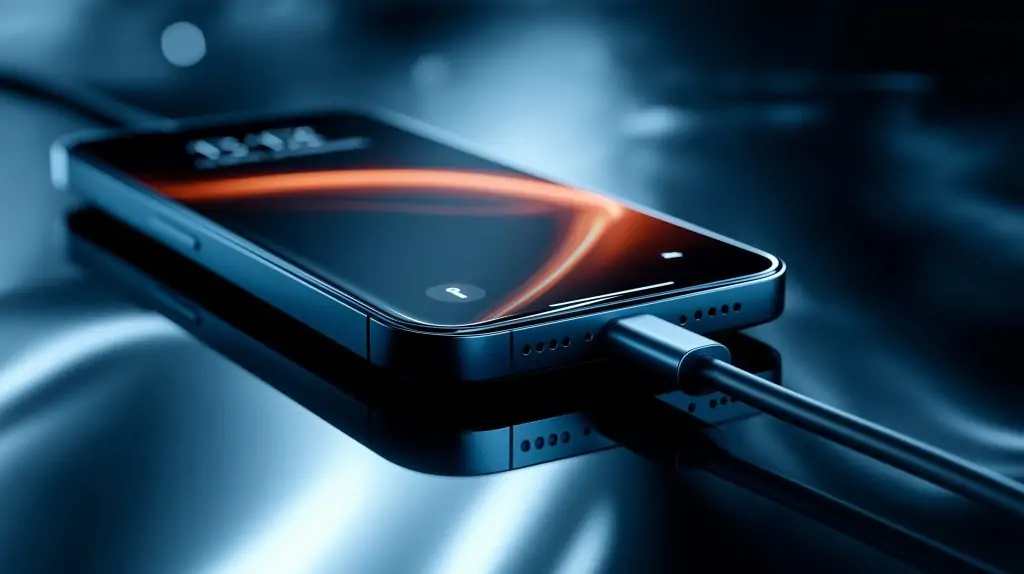


September 9, 2025
Mobile Tech Earthquake: iPhone 17 ‘Air’ Leaks, Huawei’s Tri-Fold Shocker & More (Sept 8–9, 2025)

September 8, 2025
Massive 5G Moves, 6G Breakthroughs & Satellite Showdowns – Global Mobile Internet Roundup (Sept 7–8, 2025)

September 8, 2025
Shocking iPhone 17 Leak, Huawei’s Wild Tri-Fold & More – Smartphone News Roundup (Sept 7–8, 2025)

September 7, 2025
5G Outages, 6G Leaps & Telecom Shake-Ups: Inside the Global GSM Upheaval (Sept 6–7, 2025)

September 7, 2025
Weekend Smartphone News Explosion: Major Leaks, Launches & Surprises (Sept 6–7, 2025)

September 6, 2025
Mobile Mayhem: 48 Hours of Shocking GSM Shutdowns, 5G Power Plays & Global Network Drama (Sept 5–6, 2025)

September 6, 2025
iPhone 17 ‘Air’ Leaks, Pixel 10 Launch Surprise & Galaxy S25 FE Unveiled – Smartphone Bombshells (Sept 5–6, 2025)

September 5, 2025
5G Power Plays, Outages & a Global Race to Connect – Mobile Internet Highlights (Sept 4–5, 2025)

September 5, 2025
48 Hours of Mobile Mayhem: Foldables, Flagships & Future Tech Unveiled


September 4, 2025
Massive Mobile Tech Shakeup: Apple’s “Awe Dropping” iPhone 17 Hype, Samsung’s AI Galaxy Launch, and Google’s Pixel 10 Revolution

September 3, 2025
Global GSM Revolution: 48 Hours of 5G & 6G Breakthroughs, Deals, and Policy Shake-Ups

September 3, 2025
Mobile Tech Tsunami: iPhone 17 Event, Samsung Surprises & Battery Breakthroughs (Sept 2–3, 2025)

September 2, 2025
Your Smartphone Can Now Text via SpaceX’s Starlink Satellites – Here’s Everything You Need to Know

September 2, 2025
Starlink’s Global Satellite Internet Revolution: Mobile Coverage, Plans & Surprising 2025 Updates

September 2, 2025
Sky-High Wi-Fi Showdown: Starlink vs Viasat vs Gogo – The Battle for In-Flight Internet Supremacy


September 2, 2025
Mobile Network Mayhem: 5G Power Plays, Big Outages & AI Game-Changers (Sept 1–2, 2025)

